Lessons from 2020’s Business of Luxury Summit
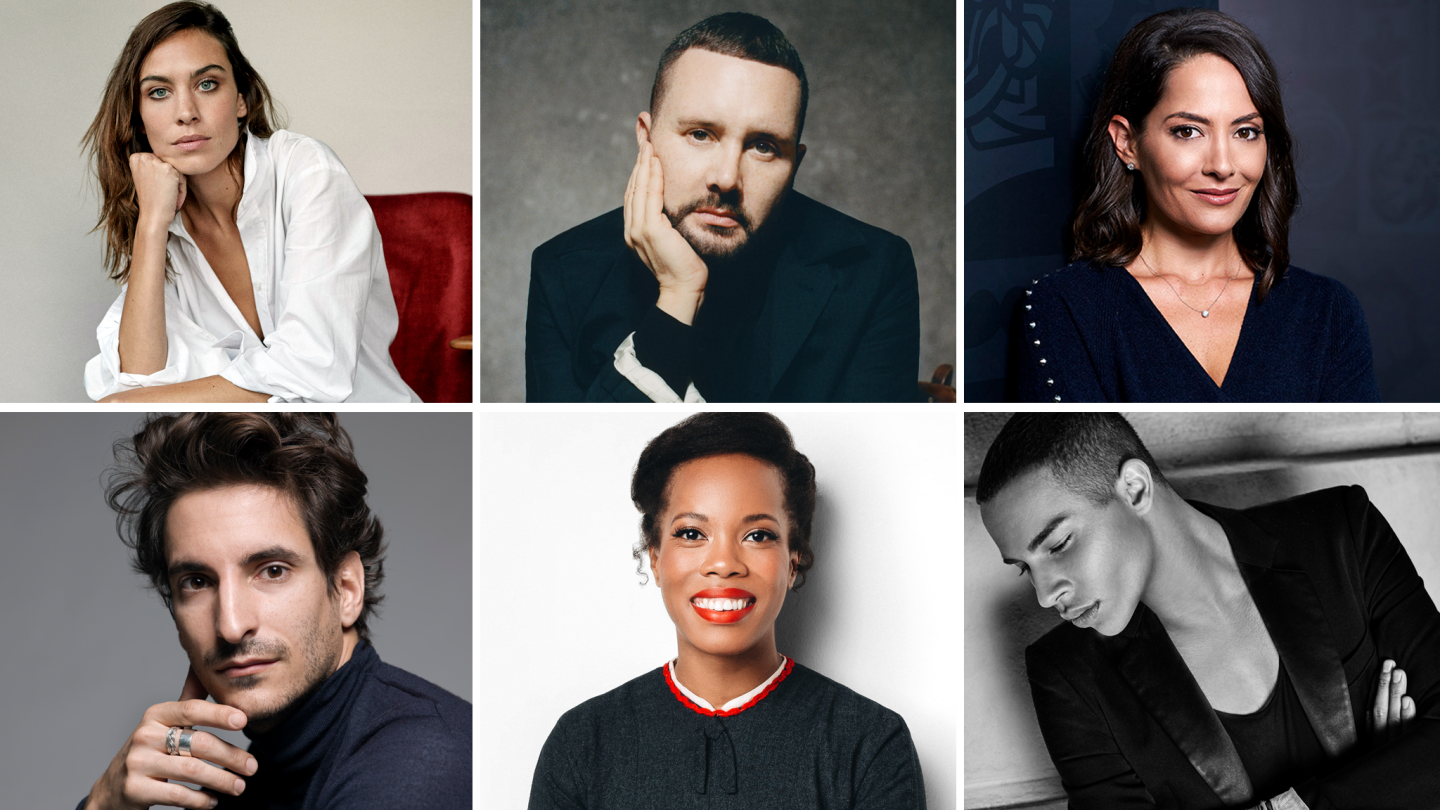
Roula Khalaf, Editor of the FT, selects her favourite stories in this weekly newsletter.
The coronavirus pandemic dealt an “almost unprecedented” blow to GDP in advanced economies and China in the first half of the year — that’s according to Gavyn Davies, co-founder and chairman of Fulcrum Asset Management, speaking about the global economic outlook at the Financial Times’ annual Business of Luxury Summit, held online this week.
Provided there is no mutation in the virus, Davies believes the global economy will be “broadly back to normal” by the middle of 2021. But Nouriel Roubini, professor of economics at NYU Stern, was more pessimistic, telling the FT’s Martin Wolf that we’d be lucky if the coronavirus vaccine was as effective as the flu vaccine, which is about 40-60 per cent effective.
“Many people are going to take the vaccine . . . they’re going to start travelling, doing indoor activities and mass gatherings, and we’ll have another spike [late next year],” he said. “This is not going to be a V-shaped recovery, at best, this is going to be a U-shaped.” In Europe, Hélène Rey, professor of economics at the London Business School, forecast a surge in job losses and bankruptcies still to come.
However, executives at Bulgari, Burberry, Cartier, Ferragamo and the Estée Lauder Companies spoke bullishly about the resilience of their customers — particularly in China, which is forecast to account for nearly half of all luxury goods purchases by 2025, according to analysts Bain & Co. “Despite everything — we’re in full second wave right now in Europe, and it’s still very tough in the US — the client is resilient and hungry for luxury,” said Jean-Christophe Babin, chief executive of LVMH-owned Bulgari. While he acknowledged that “many people have lost their jobs . . . the vast majority of people on the planet did not.”
The pandemic is accelerating existing trends
Fashion was already becoming more casual pre-pandemic, and 2020 has reinforced that trend. Kay Hong, chief executive of Proenza Schouler, said its more casual, lower-priced PSWL line had thrived. Sandra Choi, creative director at Jimmy Choo, said she had traded heels for trainers: “Functionality is playing a huge part at the moment.”
Several mid-market American fashion giants collapsed in 2020. Brooks Brothers and J Crew both filed for bankruptcy, while “accessible luxury” brands have suffered a sharper dive in sales than more upmarket players. What happened? These brands were on the brink already, argues Gary Wassner, CEO of fashion-focused financial services firm Hilldun. “Covid just accelerated existing problems and made them impossible to surmount. We haven’t yet seen any surprises.”

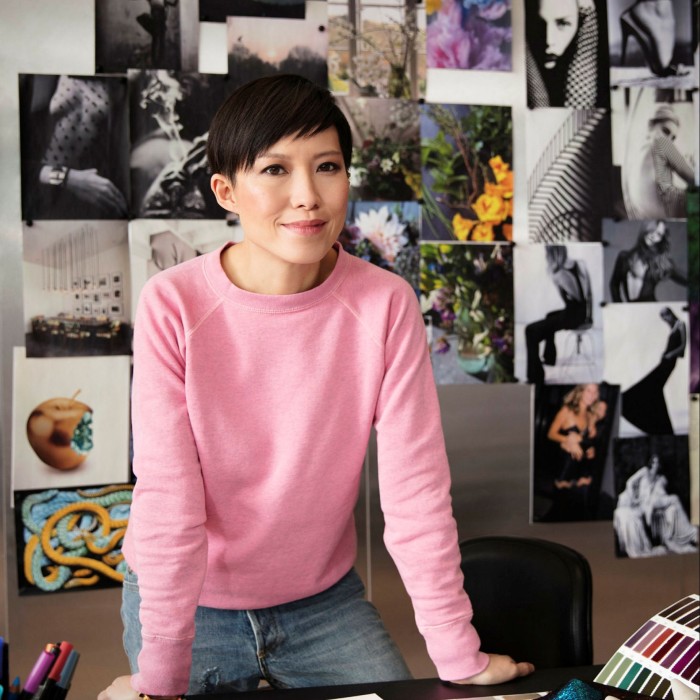
It was a sentiment echoed by Thomas Chauvet, managing director of luxury goods equity research at Citi, in a session centred on the future of M&A and venture capital. “The luxury industry doesn’t go through radical transformation,” he told viewers. “A lot of these changes were happening before: the shift to e-commerce, the slow decline of department stores and multi-brand retail stores, greater focus on sustainability and supply chains, materials, and acceptance of the circular business model.”
So investors looking to mop up distressed brands should tread carefully. “People must look at investing in the right direction rather than taking a big company that’s not ticking boxes and try and turn it around,” said Massimiliano Caraffa, managing director at Carlyle Group.
Added Chauvet: “The big luxury conglomerates have the means to acquire smaller assets to try and transform businesses, but the appetite is not there any more. It’s very complicated and costly. They already have their own brands to turn around and to help grow. That’s the case for Kering and for Richemont.”
Brands will be held accountable for sustainability claims
Sustainability is a problematic word. There has been much talk of pushing for more ethical and environmentally friendly practices in fashion — but are companies making good on their promises or simply paying lip-service to a pressing issue?
That fashion houses are still coming to terms with the concept was clear from the many interpretations offered by speakers. Marco Gobbetti, CEO of Burberry, told viewers on Monday that the company’s sustainability strategy was centred on three areas: carbon and energy, materials, and people. The British brand has pledged to become carbon-neutral in its own operations and to obtain 100 per cent of its electricity from renewable sources by 2022.
Alex Weller doesn’t think there is a single clothes-making business in the world that is truly sustainable — even Patagonia, where he is marketing director for Europe. Maxine Bédat, founder of the research and advocacy group New Standard Institute, agreed: “We’re seeing just about anything being marketed as sustainable,” she said, urging brands to move past “vague and meaningless language” and towards actually reducing emissions, as well as water and chemical use.
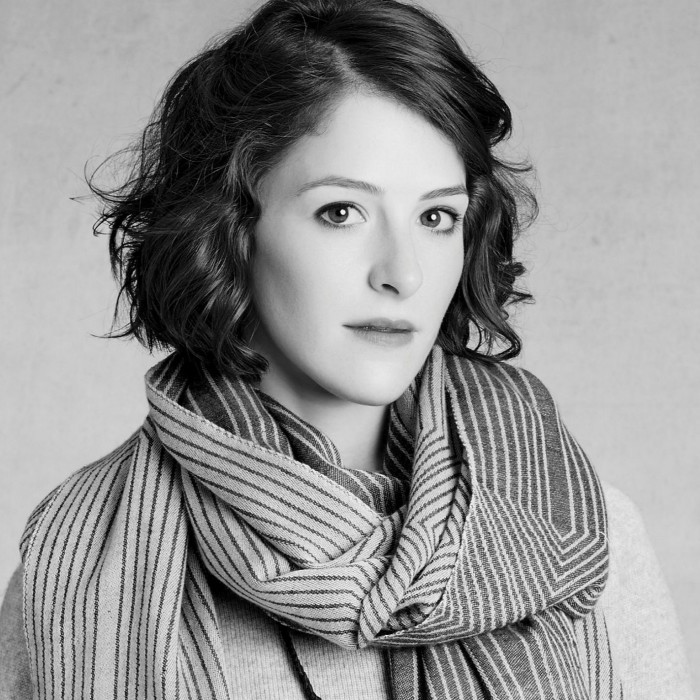
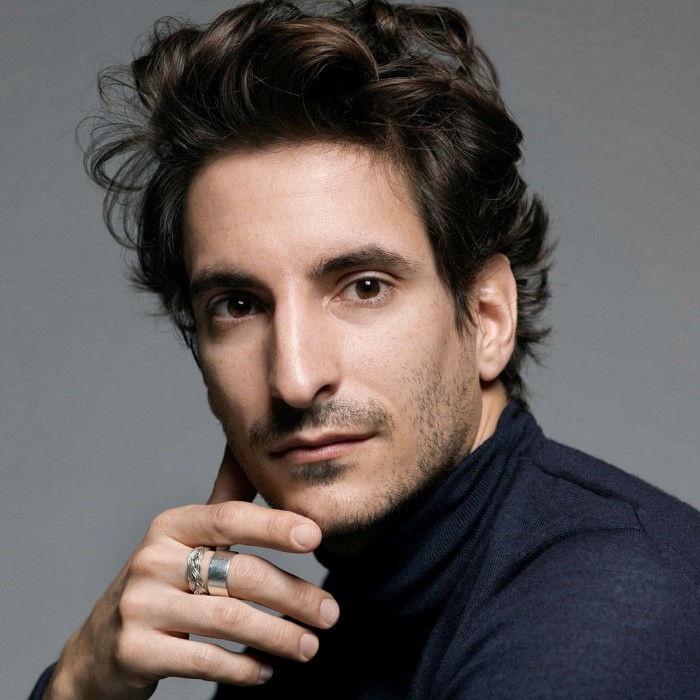
Virtual fashion may offer an alternative to this material waste, with digital fashion companies such as The Fabricant pioneering a medium that affords customers self-expression with a far smaller carbon footprint. “There are already enough physical clothing brands in the world,” said founder Kerry Murphy. “Now it’s time for the digital fashion houses to come forward.”
Genuine sustainability involves changes to materials and supply chains but also to company culture. “We have to be more active as a brand and promote more values,” said Lorenzo Bertelli, Prada’s head of marketing and corporate social responsibility. “[Customers] expect that good brands promote good behaviour.” Ultimately, though, sustainable practices that don’t make financial sense are not sustainable for businesses, said Bertelli.
E-commerce is growing rapidly, but will not supplant stores
E-commerce has taken off during the pandemic, and Kering has seen its e-commerce revenue more than double year-on-year. Yet chief client and digital officer Grégory Boutté doesn’t believe this justifies calling time on physical locations just yet. “We’re still incredibly committed to our store experience,” he said, adding that the online experience should be about augmenting rather than replacing stores, a view echoed by Estée Lauder chairman William Lauder.
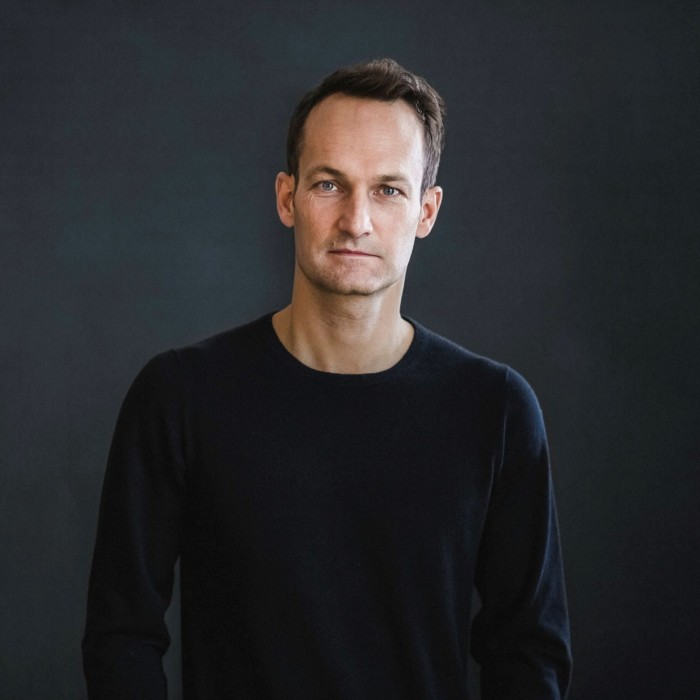

Companies might seek inspiration in this regard from Louis Vuitton, whose partnership with video games developer Riot Games, launched in late 2019, has produced a capsule collection inspired by the online multiplayer game League of Legends, which takes advantage of young audiences’ growing desire to cultivate unique virtual personas.
“It gave audiences of both brands something to engage with,” said Naz Aletaha, Riot Games’ head of global e-sports partnerships. Others are now following suit: Nike is sponsoring the game’s Chinese league, Gucci is partnering with a professional League team in Europe and Puma with another in North America. Fashion houses may need to look beyond their comfort zones if they want to thrive with next-generation luxury consumers.
Follow @financialtimesfashion on Instagram to find out about our latest stories first
Comments